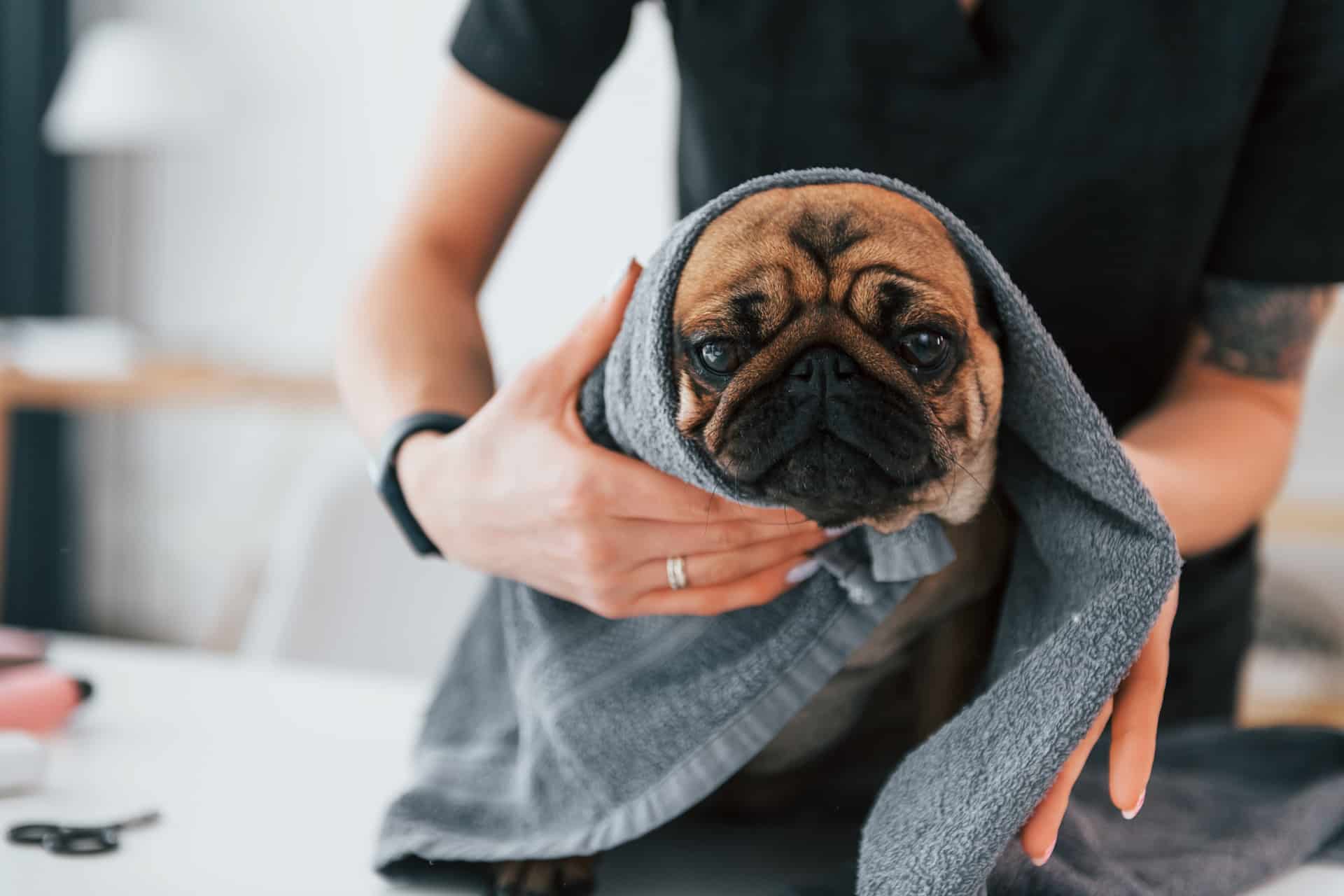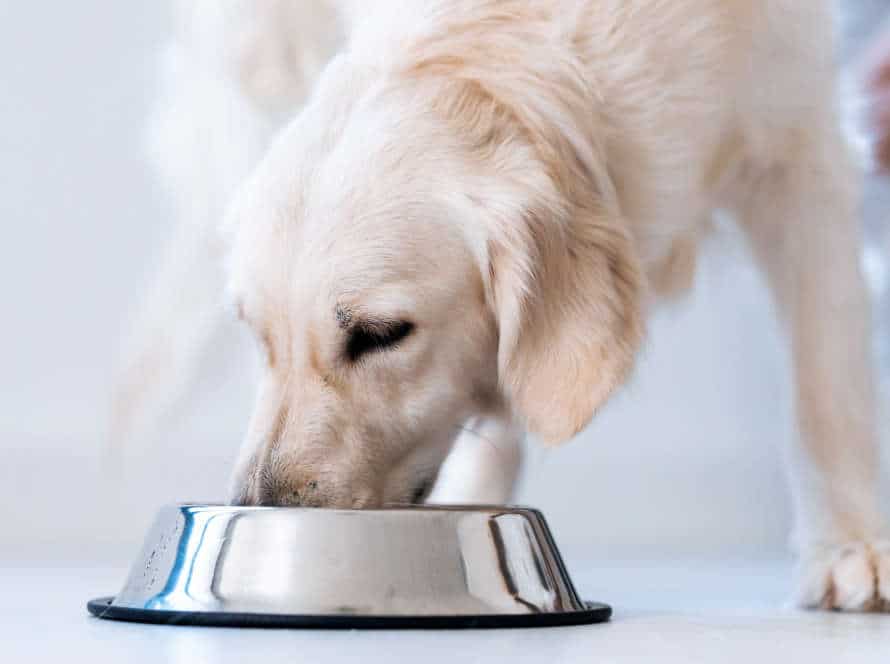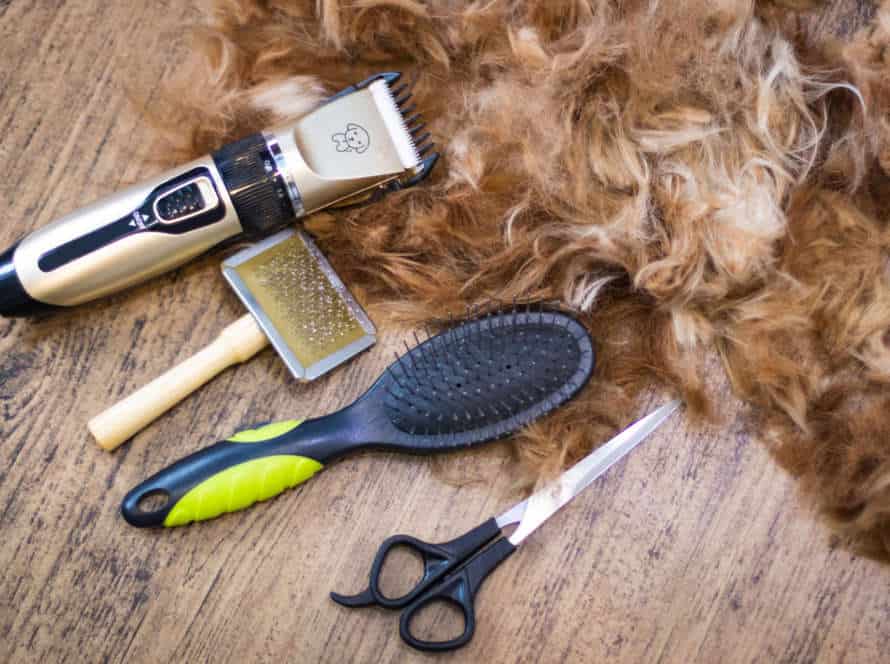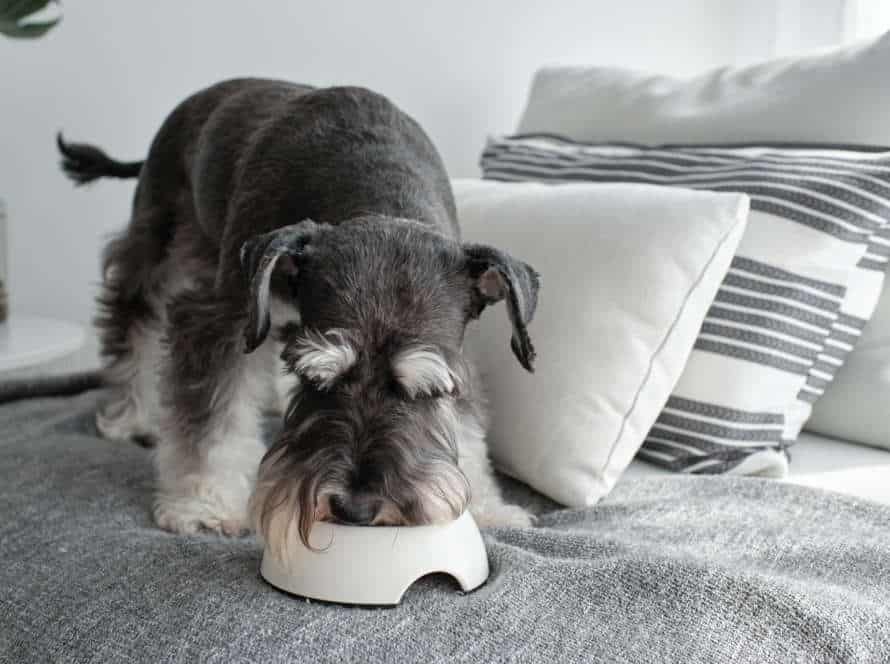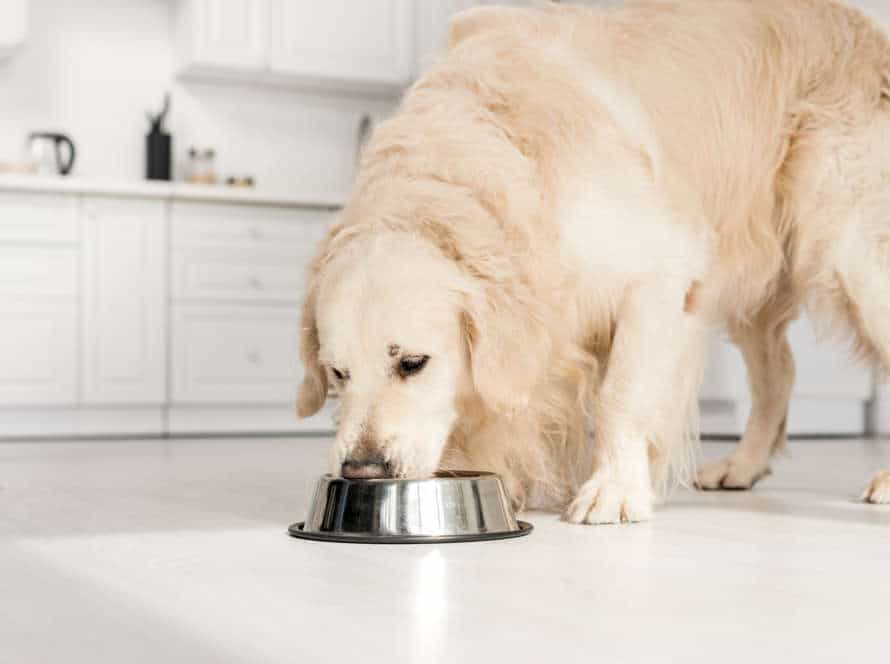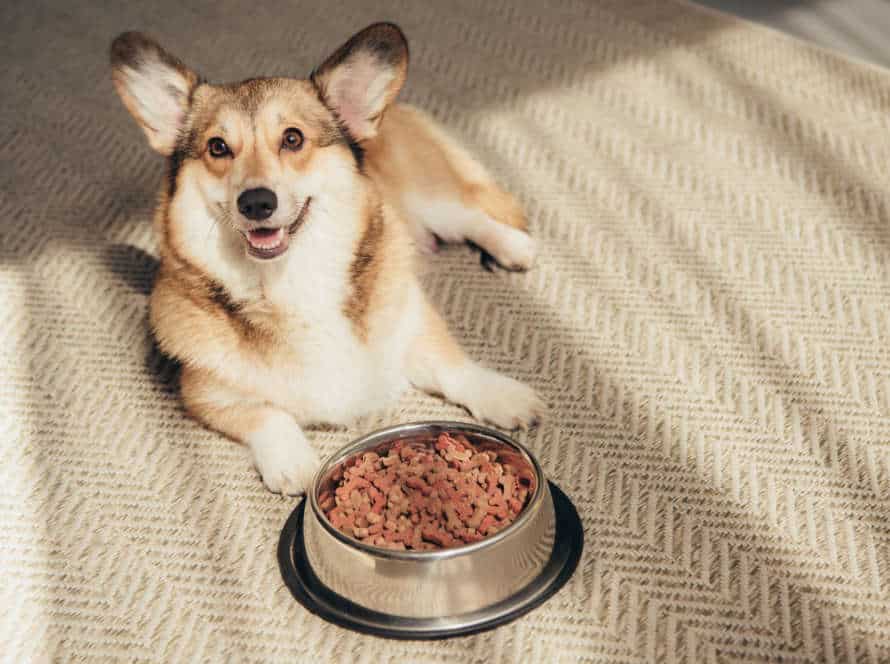Puppy Grooming Routines: Start Your Pup Off Right
Grooming your puppy is an essential part of responsible pet care. Begin a routine early for an easier time for both you and your pup. Here are tips to start:
- Take it slow. Introduce tools one by one. Give treats and praise.
- Brush often. Quality brush to prevent mats, tangles, shedding.
- Bathe sometimes. Avoid too often; it dries out skin. Once every few months or after something dirty.
- Trim nails. Prevents overgrowth, breakage, discomfort. Get pup used to paw handling for nail trimming.
With patience, your pup will become accustomed to the routine and enjoy the time with you.
Basic Puppy Grooming
Grooming your pup is vital for their health when they’re young. It’s also a great way to bond with them! Plus, you can check for any infections or skin issues.
Here’s the basics of puppy grooming: how often it should be done and what you need.
Bathing your puppy
Bathing is a must for puppy grooming. Do it at regular intervals for a clean and healthy pup. Here are some tips:
- Get all the supplies: shampoo, towels, and a non-slip mat or towel for the tub.
- Brush the coat before the bath to remove tangles and mats.
- Use lukewarm water, not too hot.
- Wet the pup and lather the shampoo, avoiding eyes and ears.
- Rinse off all the shampoo, then dry with a towel.
By following these steps, you can make grooming a positive experience for your furry friend and keep them clean and healthy.
Brushing your puppy’s coat
Brushing your pup’s fur is important for basic grooming. It encourages healthy skin and coat, avoiding tangles and matting. Here’s the proper way to brush a puppy’s coat:
- Choose the right brush or comb for your pup’s fur type.
- Start at the top of your pup’s head and brush downwards, in the course of the hair growth.
- Be gentle, especially around delicate areas like the tummy and paws.
- Be aware of any knots or tangles, use a comb or fingers to loosen them.
- Finally, use a soft-bristled brush or grooming glove to give your pup a shiny, healthy coat.
Regular brushing is a great way to bond with your new pet and make sure they look and feel their best.
Trimming your puppy’s nails
Trimming your pup’s nails is vital for their grooming. Start early and do it regularly! Here are the steps:
- Get good quality dog nail clippers.
- Find a nice, bright area.
- Hold the paw gently and identify the quick.
- Cut the nail below the quick at a 45-degree angle.
- If you cut the quick, use styptic powder or cornstarch to stop the bleeding.
Make nail trimming a positive experience. Offer treats and praise. Pro Tip – If you’re not sure, ask a groomer or vet for help.
Advanced Puppy Grooming
Your pup’s grooming routine is ready for the next level! Advanced puppy grooming includes brushing teeth, trimming nails, and bathing and drying correctly. Starting with an advanced routine from the beginning will make sure your pup is comfortable and ready for their growth. Let’s get into the specifics of advanced puppy grooming.
Cleaning your puppy’s ears
Grooming your pup’s ears is an important part of their routine. It helps prevent infection and irritation. Here’s how to do it right:
- Get the supplies you need: cotton balls, ear cleaning solution, and treats.
- Carefully lift their ear flap and expose the inside of their ear.
- Soak a cotton ball in the cleaning solution. Gently wipe the ear flap and the entrance to the ear canal.
- If needed, use a clean cotton ball to clean the ear canal, but be careful not to go too deep and hurt the eardrum.
- Reward your pup with a treat after each ear.
Pro tip: Don’t use cotton swabs. They can push dirt and debris further into the ear canal, causing issues.
Dental care for your puppy
Caring for your pup’s dental health is a must for a lifetime of healthy teeth and gums. Here are some tips to help you out:
- Brush their teeth daily with a soft-bristled brush and dog-friendly toothpaste. Let them taste the toothpaste first, then increase the brushing time.
- Get dental chews and toys designed to clean their teeth and massage their gums.
- Don’t forget regular vet check-ups to avoid any dental issues.
By following these steps, your pup’s pearly whites will stay white and healthy!
Grooming your puppy’s facial hair
Grooming your pup’s facial fur is important for hygiene and looks. Here are some tips to help you out:
- Brush frequently: Give your pup’s face a good brush a few times a week. Use a soft-bristled brush to avoid discomfort.
- Cut extra fur: Use grooming scissors to trim any excess fur around their eyes, ears and mouth. Be very careful when trimming around sensitive areas like eyes or nose.
- Cleanse after meals: After your pup eats or drinks, wipe their face with a damp cloth to get rid of food particles and stop bacteria building up.
- Keep dry: Make sure their facial fur is dry to stop skin irritation and matting. Use a clean towel to dry the fur after baths or when they’ve been out in the rain.
Following these simple tips will ensure your pup’s facial fur looks clean, neat and healthy.
Puppy Grooming Tools and Supplies
Puppy owners – you need the right stuff for grooming. Make it safe and pleasant. Brushing, bathing, trimming – have the correct tools for the task. Here’s what you’ll require for your pup’s grooming routine. Get prepped!
Choosing the right shampoo and conditioner
Picking the proper shampoo & conditioner for your pup is key to keep their fur healthy & clean. Here are some tips:
- Go for a shampoo & conditioner made just for puppies.
- Look for shampoos & conditioners without harsh chemicals & additives. These can be bad for pup’s skin & fur.
- Take pup’s breed & fur type into account when choosing shampoo & conditioner. A puppy with thick double coat will need different shampoo than one with thin or single coat.
- Consider pup’s allergies or skin sensitivities when picking shampoo & conditioner. Choose hypoallergenic or fragrance-free options.
The right shampoo & conditioner will keep pup’s coat healthy & shiny and stop skin irritation or allergies.
Pro tip: Always talk to your vet before starting any grooming routine with your pup.
Selecting the best grooming brushes and combs
Choosing the right grooming brushes and combs for your pup is essential for their coat health and hygiene. There’s a lot of grooming tools and supplies in the market, but picking the best can be confusing. Here are some tips for selecting the best brushes and combs for your pup:
- Coat Type – Figure out your puppy’s coat type and pick a grooming tool that is perfect for them. Slicker brushes are best for thick and curly coats, while bristle brushes work well on short and smooth coats.
- Size – Get a grooming tool that is the right size for your pup’s breed and size. Too big is cumbersome, too small takes too long to groom.
- Material – Choose a grooming tool made from high-quality material that’s strong and gentle on your pup’s skin.
- Comfort – Pick a tool that’s comfortable for you to use, as long grooming sessions can tire your hands and wrists.
Bonus Tip – Regular grooming with the right tools can help build your bond with your pup and keep them healthy and clean!
Grooming scissors and clippers for your puppy’s hair
Groom your pup at home? Easy & affordable! Groom scissors & clippers are essential tools. Here’s how to choose the right tools:
Scissors: Choose with rounded tips & a comfy grip. Ensure the blades are sharp & the size fits your pup.
Clippers: Adjustable blade settings for hair length & thickness. Low noise level to keep pup calm.
Caution & care always when grooming pup with scissors & clippers!
Top Mistakes to Avoid when Grooming Your Puppy
Bringing home a new puppy? Make sure they stay healthy and happy! For their overall health, create a grooming routine. But, beware! Grooming your pup can be tricky. Here we look at the top mistakes to avoid.
Not introducing grooming early enough
Introducing grooming to your puppy early is important. If you don’t, there might be problems. Here are some of them and how to prevent them:
- Fear of grooming: Introduce handling, brushing and nail clipping to your pup regularly
- Poor grooming habits: To stop this, make grooming part of their routine and reward them when they do it
Grooming your pup keeps them healthy and happy. Start good habits early for life!
Not being gentle enough with your puppy
Grooming your pup is a must when owning one. Being too rough can hurt and make grooming harder. Pups are often curious and fidgety, so it’s essential to keep them calm before starting. Here are some common mistakes to avoid:
- Pulling their fur – brush gently, don’t pull and cause pain.
- Cutting too short – stay away from their skin while trimming to avoid hurting them.
- Using harsh products – select mild ones made for puppies, as harsh products may irritate the skin.
- Not having a routine – having one will help, so they get used to the process.
- Not giving treats – offer treats to make it a positive experience and reward them.
Investing time and love in grooming will make for a happy and healthy pup.
Not following best practices for grooming at home
No following best practices for grooming at home can cause issues. Here are the biggest errors to dodge when grooming your pup:
- Cutting nails too short – can cause bleeding or pain.
- Forgetting to brush teeth regularly – can lead to dental problems.
- Not taking care of ears – can cause ear infections.
- Not bathing regularly – can result in skin irritation.
- Not using the right grooming tools – can lead to injury or ineffective grooming.
It’s important to begin your pup with the right grooming routines for their health and wellbeing. Grooming done right can help keep your pup clean, confident, and healthy!
Pro tip: Do research and buy the right tools. Establish a grooming routine early to prevent mistakes.
Finding Professional Puppy Grooming Services
Discovering the perfect expert puppy grooming services is vital for setting up a great grooming routine for your pup. Professional groomers have the specialized knowledge and training to groom your pup appropriately. Plus, they have access to the correct tools and products to make sure everything is done right. Let us investigate locating the ideal professional puppy groomers to collaborate with.
Researching local puppy grooming services
When looking for a puppy groomer, think of your pup’s needs and personality. Here are some tips:
- Ask people you know, and your vet, for recommendations.
- Check reviews and ratings of local services online.
- Go and visit the place to get a feel of the environment and ask questions.
- Find out about facilities, groomers’ qualifications, and the products used.
- Think about your budget and what your pup needs.
By doing this, you can be sure you’ve found a reliable groomer. Pro tip: Once you find a good one, make sure you stick to a regular grooming routine to keep your pup content and healthy.
Reading reviews and asking for referrals
Searching for a puppy grooming service? Reviews and referrals are a great way to find a reputable one.
Check Google or Yelp for reviews. Look for ones that mention puppy grooming. Note comments on expertise, cleanliness, and customer service.
Also, ask others with dogs, family, or your vet. They may have info on a trustworthy provider.
Using these strategies lets you make an informed choice and find the best grooming service for your pup!
Selecting the best puppy grooming service for your needs
Choosing the perfect puppy grooming service is key for your pup’s wellbeing. Here are some features to think about when picking the best one:
- Services Offered: Find a service which offers lots of options, like bathing, trimming, nail-clipping, hair-cutting and flea treatments.
- Professionalism: Look for groomers with qualification and experience in different kinds of dogs.
- Feedback & Reviews: Check online or by word of mouth if the service has a good reputation.
- Cleanliness: Make sure they have hygienic facilities, clean tools and pet-safe products.
- Cost: See if they offer reasonable prices.
These details can help you pick the best grooming service for your pup’s needs. As an extra tip, it’s good to visit the place and make sure it’s safe and comfortable for your pooch.
Frequently Asked Questions
1. How often should I groom my puppy?
A: It’s recommended that you groom your puppy at least once a week. However, the frequency of grooming will depend on the breed of your dog and the length of their coat.
2. What grooming tools do I need for my puppy?
A: Basic grooming tools include a brush, comb, nail clippers, and shampoo. You may also want to invest in a de-shedding tool if your puppy has a heavy coat.
3. When should I start grooming my puppy?
A: You should start grooming your puppy as soon as you bring them home. This will help them get used to the grooming process and make it easier as they grow older.
4. Can I groom my puppy myself or should I take them to a professional?
A: It’s possible to groom your puppy yourself, but if you’re unsure about any aspect of the process it’s best to take them to a professional groomer. They can offer advice and help you to avoid any potential problems.
5. How can I make grooming a positive experience for my puppy?
A: You can make grooming a positive experience by giving your puppy treats and praise during the process. This will help them to associate grooming with positive experiences.
6. What should I do if my puppy is resistant to grooming?
A: If your puppy is resistant to grooming, try to make the process as enjoyable as possible. Offer treats and praise, and try to make the experience as relaxing as possible. If the resistance continues, consult a professional trainer or groomer for advice.

